Cost Efficiency
The Reprocessed Single-Use Device Market is experiencing a notable shift towards cost efficiency as healthcare providers seek to reduce expenses. Reprocessed devices offer a more affordable alternative to traditional single-use products, which can be prohibitively expensive. According to recent data, hospitals can save up to 50% on device costs by opting for reprocessed alternatives. This financial incentive is particularly appealing in an era where healthcare budgets are under constant scrutiny. As a result, the demand for reprocessed devices is likely to increase, driven by the need for cost-effective solutions without compromising patient care. The Reprocessed Single-Use Device Market thus stands to benefit from this trend, as more institutions recognize the potential for significant savings.
Regulatory Support
Regulatory support is a crucial driver for the Reprocessed Single-Use Device Market. Regulatory bodies are increasingly recognizing the importance of reprocessed devices in promoting cost-effective and sustainable healthcare solutions. Recent guidelines have streamlined the approval process for reprocessed devices, making it easier for manufacturers to bring their products to market. This supportive regulatory environment encourages innovation and investment in the reprocessing sector. As a result, the Reprocessed Single-Use Device Market is likely to experience growth, as more companies enter the market and existing players expand their offerings.
Rising Healthcare Costs
Rising healthcare costs are a significant driver for the Reprocessed Single-Use Device Market. As expenses continue to escalate, healthcare providers are compelled to seek alternative solutions that can help mitigate financial burdens. Reprocessed devices offer a compelling option, as they are typically priced lower than their single-use counterparts. This trend is particularly evident in surgical settings, where the cost of single-use devices can be substantial. By incorporating reprocessed devices into their supply chains, healthcare facilities can achieve considerable savings while maintaining high standards of care. Thus, the Reprocessed Single-Use Device Market is poised for growth as providers adapt to the economic pressures of the healthcare landscape.
Technological Innovations
Technological innovations play a pivotal role in shaping the Reprocessed Single-Use Device Market. Advances in sterilization techniques and quality assurance processes have enhanced the safety and efficacy of reprocessed devices. For instance, the implementation of advanced cleaning technologies has improved the reliability of reprocessed products, making them more appealing to healthcare providers. Furthermore, the integration of tracking systems ensures that reprocessed devices meet stringent regulatory standards. As technology continues to evolve, the Reprocessed Single-Use Device Market is expected to expand, driven by the increasing confidence in the safety and performance of these devices.
Environmental Sustainability
The Reprocessed Single-Use Device Market is increasingly aligned with the growing emphasis on environmental sustainability. As healthcare facilities strive to minimize their ecological footprint, the adoption of reprocessed devices presents a viable solution. These devices significantly reduce medical waste, which is a pressing concern in the healthcare sector. Reports indicate that reprocessing single-use devices can lead to a reduction of thousands of tons of waste annually. This environmental benefit resonates with both healthcare providers and patients who are becoming more environmentally conscious. Consequently, the Reprocessed Single-Use Device Market is likely to see a surge in demand as sustainability becomes a core value in healthcare practices.


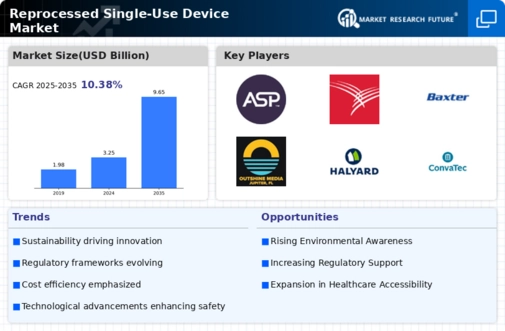
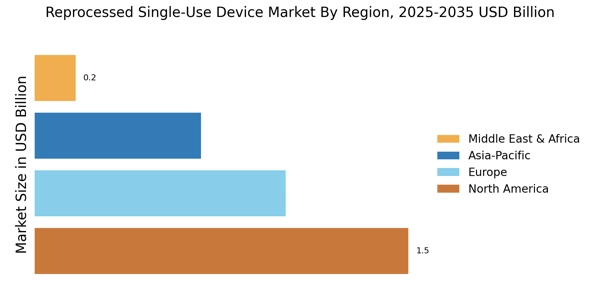
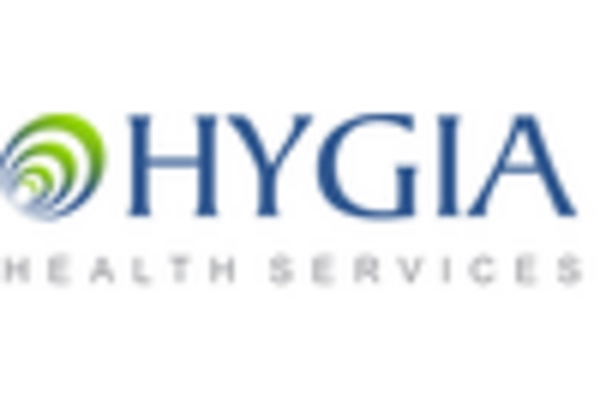


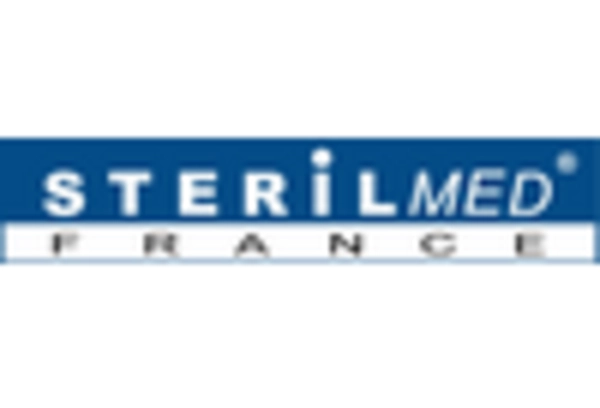
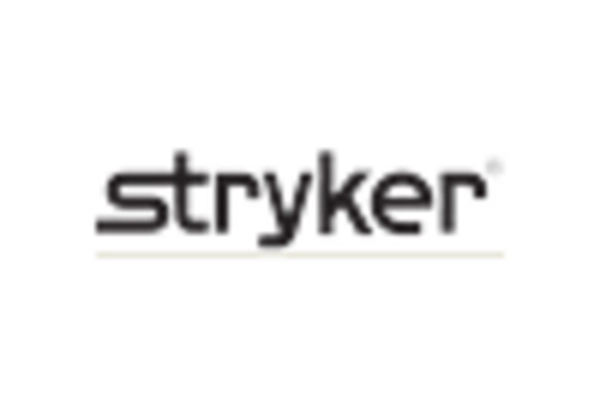
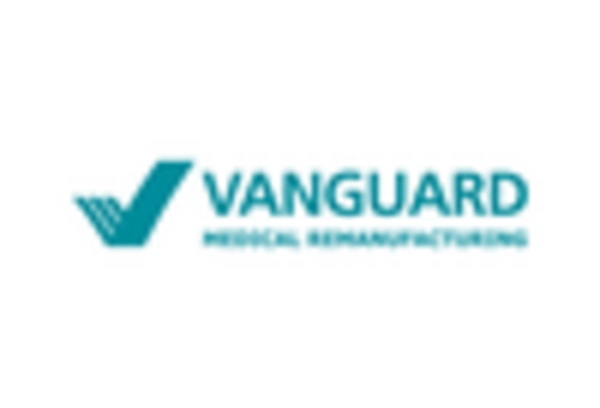








Leave a Comment